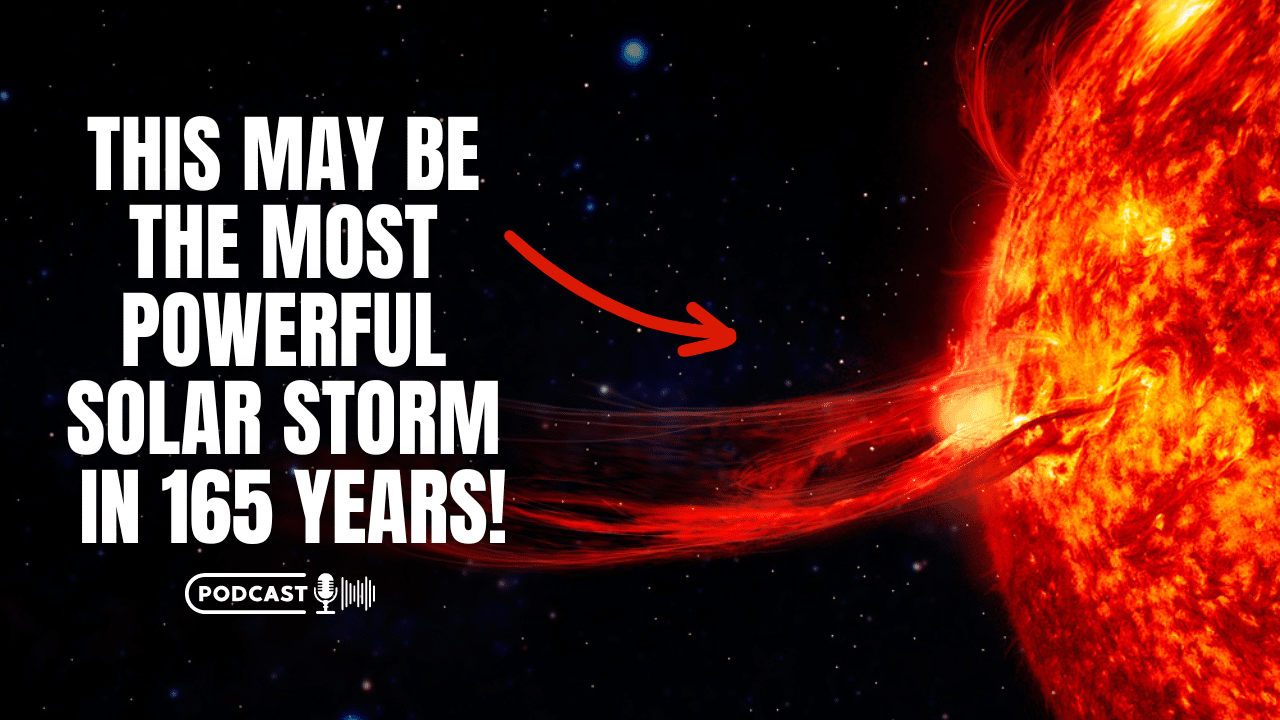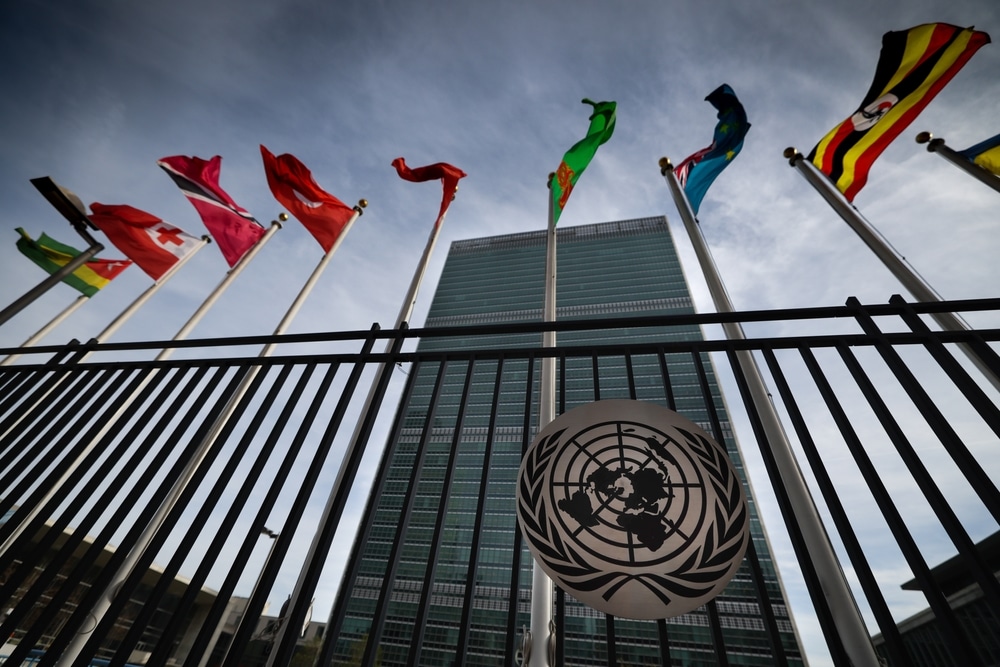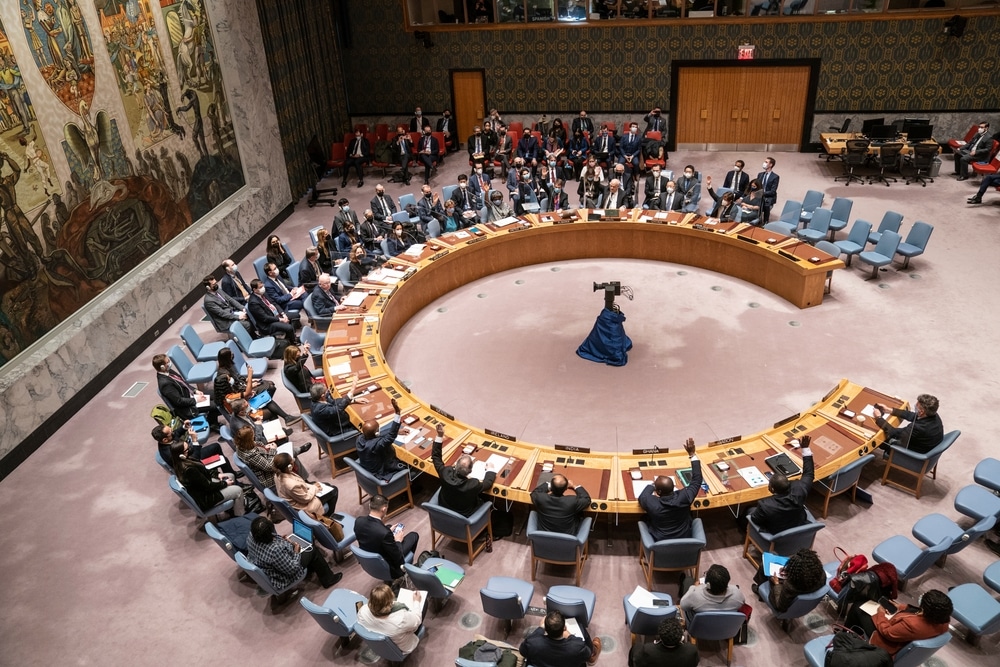(OPINION) This is not a time to be running low on ammo. A major conflict could erupt in the Middle East at any time, and thanks to the recklessness of the Biden administration the U.S. could soon find itself fighting wars with both Russia and China simultaneously.
So you would think that our military brass would be absolutely determined to make sure that we have plenty of ammunition stockpiled. But we don’t.
In fact, as a result of sending so much ammo to Ukraine our own stockpiles have gotten dangerously low. This is something that General James Hecker commented on during a recent panel discussion…
Speaking on a panel with the air chiefs of the United Kingdom and Sweden during the Chief of the Air Staff’s Global Air & Space Chiefs’ Conference in London, USAFE Commander Gen. James Hecker, who also leads US air forces in Africa, urged fellow North Atlantic Treaty Organization members to take a hard look at the status of their weapon stockpiles.
“I think it’s very important that we kind of take stock of where we are in our weapons state across the 32 nations of NATO, and we’re getting way down compared to where we were,” said Hecker, who counted Sweden’s expected accession to NATO among the collection of allied nations — a topic of heated discussion at the NATO summit in Lithuania this week.
Hecker supports sending ammunition to Ukraine, but he admits that “we’re getting dangerously low” and he is hoping that factories here in the U.S. can start producing more…
“If you look at the US itself — and let’s not just talk about the munitions we recently have given away to Ukraine — but we’re [at] roughly half the number of fighter squadrons that we were when we did Desert Storm,” Hecker said, pointing to a similar decline in fighter strength for the UK.
“So we don’t have nearly what we had at the heart of the Cold War. Now you add that we’re giving a lot of munitions away to the Ukrainians — which I think is exactly what we need to do — but now we’re getting dangerously low and sometimes, in some cases even too low, that we don’t have enough. And we need to get industry on board to help us out so we can get this going.”
But of course, factories here in the U.S. have already been making ammo as fast as they can. More capacity is planned, but it takes time to build new facilities. In the UK, military officials are facing a similar crisis…
The United Kingdom (UK) is running ‘dangerously low’ on weapons and ammunition as a result of the war in Ukraine and the nation’s lackadaisical efforts to replace them, argues the former British Secretary of Defence and Secretary General of NATO, Lord Robertson.
“If you talk to senior military people, even those in office at the moment, some will be quite categoric that [Britain is] running dangerously low on stocks of ammunition,” stated Lord Robertson, who defended British Defense Secretary Ben Wallace’s “We’re not Amazon,” rebuke after Ukraine’s President Zelensky drew up a wishlist of all the weaponry he wanted from the UK.
The story is the same in NATO country after NATO country. Stockpiles have been depleted, and there simply is not enough manufacturing capacity to provide what the Ukrainians need.
So for now, the Russians have a significant advantage. They can fire far more ammo at the Ukrainians than the Ukrainians can fire back at them.
And all of this military assistance that we are giving to Ukraine is also running us deeper into debt. Every single second of every single day, the U.S. government is borrowing enough money to purchase a brand new $60,000 luxury SUV…
Now a new report from The Center Square notes that’s about how much the federal government is borrowing. Every second. Every hour. Every day. All week. All month.
Meaning it’s borrowing enough to buy some 86,400 such vehicles in a day. Several more seconds just passed as you read that paragraph.
And so now we are even deeper in debt. But even though we are borrowing and spending so much money, our own military just continues to shrink, and that is because most young Americans have absolutely no interest in serving in the military these days. (READ MORE)

















